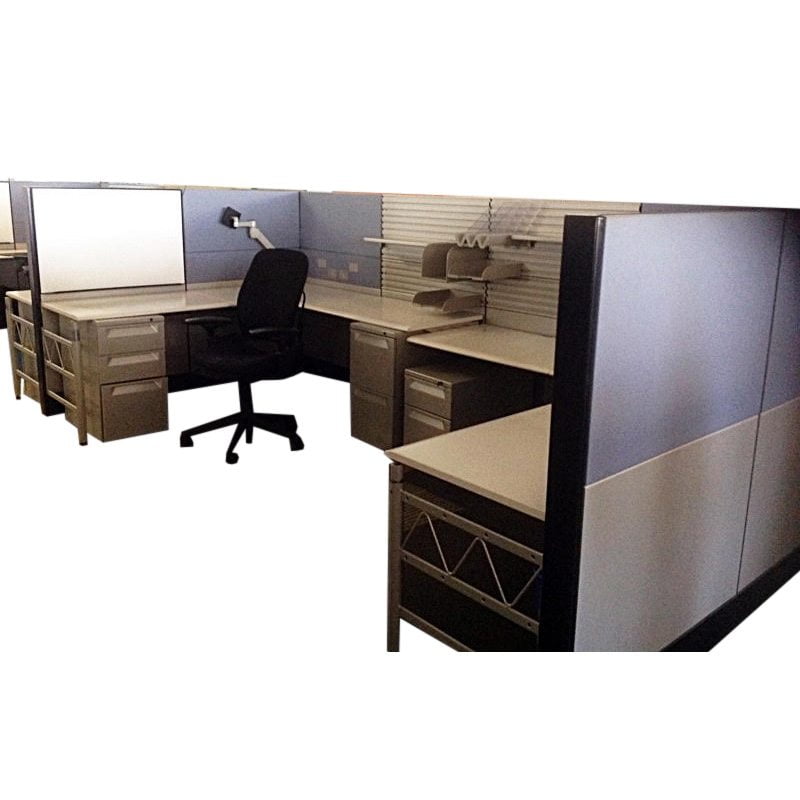Employers are learning the importance of collaboration more and more all the time. It used to be that employees simply receive tasks from their managers and completed them as directed. That approach doesn’t work in the modern world because the fast-paced, ever-changing business world requires input from many different people. Gone are the days when managers made all the decisions. Today, teams collaborate to make recommendations, share information and complete work as teams instead of as individuals. This approach allows the company to integrate information from all members of the workforce.
What are the benefits of collaboration? There are many if it is done properly. It helps engage employees and makes them mentally and emotionally invested in the company and its goals. A company like this has passionate employees that increase the odds of success. Collaboration also helps the company work much more efficiently. People can communicate quickly which allows them to complete their work much faster. It reduces the likelihood that work will be duplicated, as it often is in large companies. When people communicate openly with one another, they’ll know who is doing what and they can coordinate their projects accordingly.
Decision-making changes in a collaborative environment. Employees have the opportunity to give input into decisions. When they do this, they are much more likely to buy into decisions. Even if employees don’t make the final decision, the decision-making process will be clear and they’ll understand how the decision was reached.
How do executives make collaboration work? The configuration of the office space helps encourage collaboration in the workplace. It’s common for companies to separate people based on the type of work they do. For example, information technology people are often separated from employees in more creative fields. In real world projects, these people need to communicate openly and often for projects to be successful. This is difficult if the employees are separated physically. Open-space areas and closer seating allow these workers to collaborate more easily so that they can discuss projects and work on tasks together.
 There needs to be a dedicated, open space for the team to collaborate. They won’t be able to work together if they aren’t close to one another. Team members can’t work together from cubicles or desks that are far away from one another. The collaboration area needs to be far away another from other desks and cubicles. This is important because other employees won’t be able to concentrate and complete their work if there is too much noise around them. The collaborating team shouldn’t feel restricted in terms of talking because there are other people around them. Some employers choose to put teams in designated rooms so they won’t disturb others. Other employers designate open space areas for teams that are located far from private work stations.
There needs to be a dedicated, open space for the team to collaborate. They won’t be able to work together if they aren’t close to one another. Team members can’t work together from cubicles or desks that are far away from one another. The collaboration area needs to be far away another from other desks and cubicles. This is important because other employees won’t be able to concentrate and complete their work if there is too much noise around them. The collaborating team shouldn’t feel restricted in terms of talking because there are other people around them. Some employers choose to put teams in designated rooms so they won’t disturb others. Other employers designate open space areas for teams that are located far from private work stations.
Teams need to be provided with the appropriate furniture so that they can collaborate properly. In some cases, the solution might be conference tables that allow team members to plug in technology that they need to do their jobs. These open-area work spaces work well for group discussions and project work. They may need other technology such as video conferencing tools, specific systems that work with the team’s needs and phones with conferencing and multi-line features. There needs to be adequate seating for everyone on the team. Keep in mind that the team structure may change over time. It may increase or decrease in size over time. There may be visitors. You should have extra chairs available for these circumstances.
Collaboration may require furnishings in addition to open-area furniture. Larger cubicles that seat more than one person may be the answer for some groups. It’s easy to find cubicles that seat two people. Another alternative is to buy cubicle panels in a variety of sizes. This gives you the option of creating cubicles in a variety of configurations. You can choose to create cubicles that seat larger groups. In other cases, you may find that short cubicles that seat one person allow for easy and simple communication throughout the group. However you decide to structure the physical space, consider how the team will need to communicate and tailor the space for the team instead of making the team adapt to an already existing environment.




